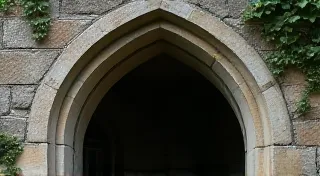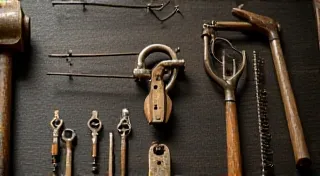The Whispers of Compromise: Lock Picking & the Fragility of Perception
There’s a certain melancholy that clings to old things, a silent story woven into the grain of wood, the patina of metal, the faded hues of fabric. I feel it most acutely when I’m handling an antique accordion. The bellows, once vibrant with life, now whisper of forgotten melodies, of dances held in rooms now filled with dust. Their intricate workings, a testament to the ingenuity and tireless hands of a craftsman, simultaneously inspire awe and a poignant understanding of time’s relentless passage. It's a feeling remarkably similar, I’ve realized, to the contemplation of locks – and the art of bypassing them.
Security, we often assume, is about impenetrable walls and complex mechanisms. We envision fortified castles and state-of-the-art alarm systems. But what if the true illusion of security lies not in the barriers themselves, but in our unwavering belief that those barriers are insurmountable? Lock picking, the seemingly paradoxical practice of circumventing those barriers, offers a stark, tangible lesson in the fragility of perception.
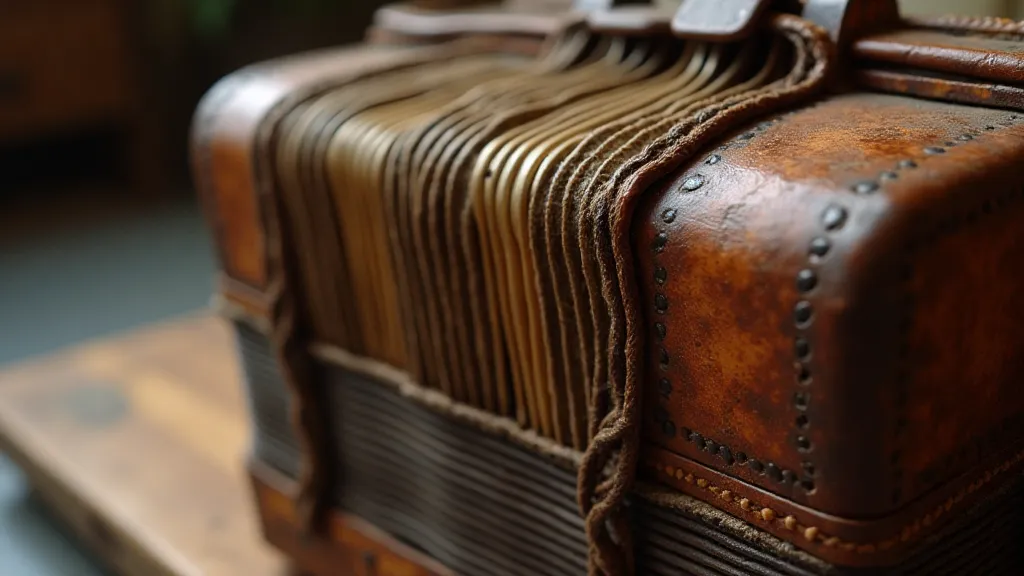
The Mechanical Dance: Understanding Locks and Their Vulnerabilities
The humble pin tumbler lock, the most common type we encounter, isn't a marvel of engineering in the grand scheme of things. Its design, while refined over centuries, fundamentally relies on a delicate arrangement of pins within a cylinder. Each pin is split into two parts, and when the correct key is inserted, those pins align, allowing the cylinder to rotate and release the locking mechanism. It’s a clever solution, but its core vulnerability – the reliance on precise alignment – is also its Achilles' heel.
Lock picking isn't about brute force. It’s about finesse, patience, and an acute understanding of mechanical principles. The tools themselves – the tension wrench and various picks – are deceptively simple. The tension wrench applies subtle rotational pressure on the cylinder, while the picks are used to individually manipulate the pins, simulating the action of a key. It’s a mechanical dance, a conversation between the picker and the lock, a constant adjustment and observation.
The act itself, when performed responsibly and with respect, can be a surprisingly meditative experience. The focus required pushes out the noise of the world, leaving only the tactile feedback of the tools and the subtle clicks of the pins falling into place. It’s a journey into the inner workings of a small, often overlooked piece of everyday technology.
More Than Just Metal: The Philosophical Implications
The act of bypassing a lock isn't merely a technical exercise. It challenges our fundamental assumptions about security and control. It reveals the limitations of physical barriers, reminding us that even the most sophisticated systems can be compromised by ingenuity and perseverance. This isn't a statement advocating for lawlessness. Rather, it’s an invitation to question the narratives we build around safety and the price we pay for the illusion of absolute protection.
Consider the rise of surveillance technology – cameras on every corner, data tracking our movements online. Do these measures truly make us safer, or do they simply create a sense of security, a feeling of being watched that can be just as constricting and subtly manipulative? The inherent tension between restriction and liberation becomes strikingly clear when we confront the reality that any system, however complex, can be subverted.
Furthermore, the act of lock picking, when approached with ethical considerations, can be a powerful lesson in responsibility. Understanding *how* something is bypassed makes you more aware of its vulnerabilities and, consequently, more inclined to advocate for improved security practices. It fosters a deeper understanding of the delicate balance between freedom and accountability.
Craftsmanship and the Echo of the Past
Examining antique locks, and particularly those that have been picked, offers a fascinating glimpse into the past. The marks left by previous attempts – subtle scratches, worn pins – tell a silent story of human ingenuity and persistent challenges. These marks are akin to the imperfections found on an antique accordion; not flaws, but testaments to the object's journey through time.
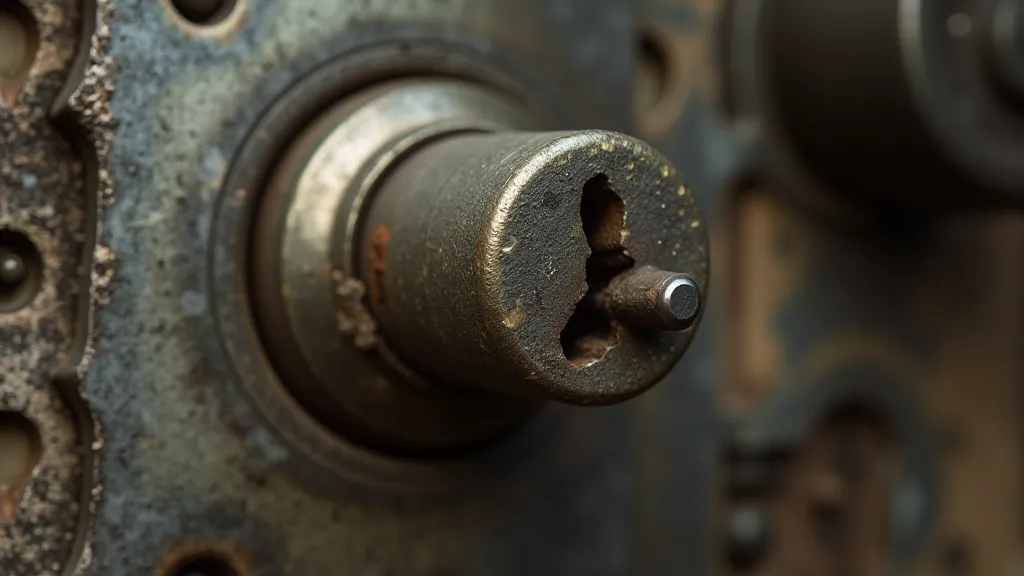
The craftsmanship of older locks is often breathtaking. Before mass production, each lock was meticulously crafted by hand, with an attention to detail rarely seen today. The skill required to forge the metal, cut the pins, and assemble the components was a true art form. Restoring these locks, or even simply observing their construction, offers a profound appreciation for the dedication and artistry of past generations.
This appreciation extends to the tools themselves. The antique lock picks often found in collections are works of art in their own right – elegantly shaped, perfectly balanced, and crafted from high-quality steel. Collecting these tools, alongside antique locks, can become a rewarding hobby, a tangible link to a bygone era.
Ethical Considerations and Responsible Practice
It is absolutely crucial to emphasize that the knowledge gained from learning to pick locks should *never* be used for illegal or unethical purposes. Lock picking should be pursued purely for educational and recreational purposes, with respect for the law and the property rights of others. Always obtain permission before attempting to pick a lock.
The writer’s responsibility in presenting this information lies in highlighting the potential for misuse and strongly advocating for ethical practices. The allure of circumventing restrictions can be powerful, but it must be tempered with a deep understanding of the consequences of irresponsible actions. Knowledge empowers, but it also demands accountability.
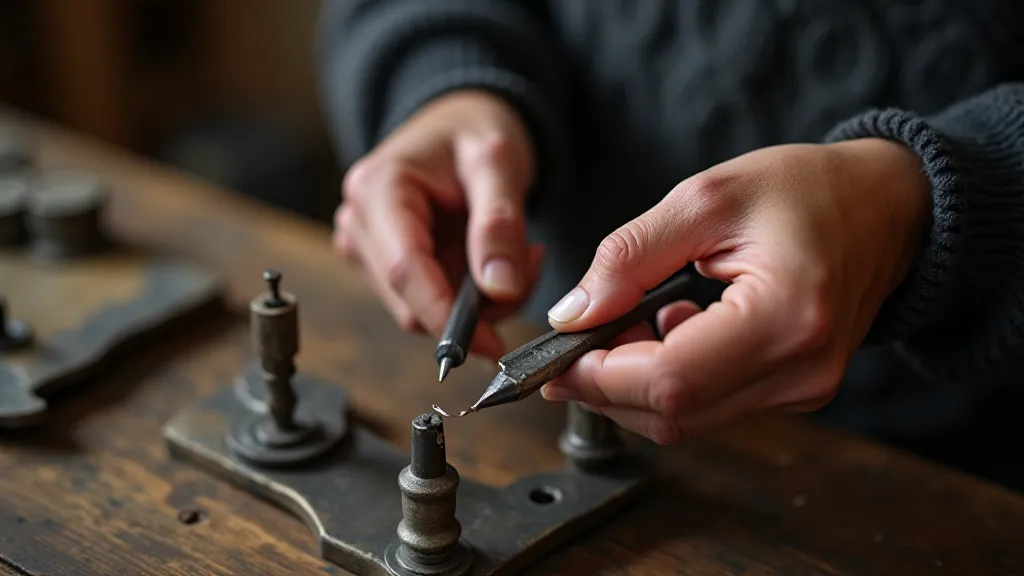
The Enduring Mystery
The act of bypassing a lock, like the faint whisper of an old accordion, is a reminder of the enduring mystery that lies at the heart of human ingenuity. It’s a testament to our ability to challenge assumptions, to explore the limits of possibility, and to find beauty in the unexpected. But it’s also a profound lesson in humility, reminding us that even the most secure barriers can be compromised, and that true security lies not in impenetrable walls, but in a clear understanding of our own vulnerabilities and a steadfast commitment to ethical responsibility.
